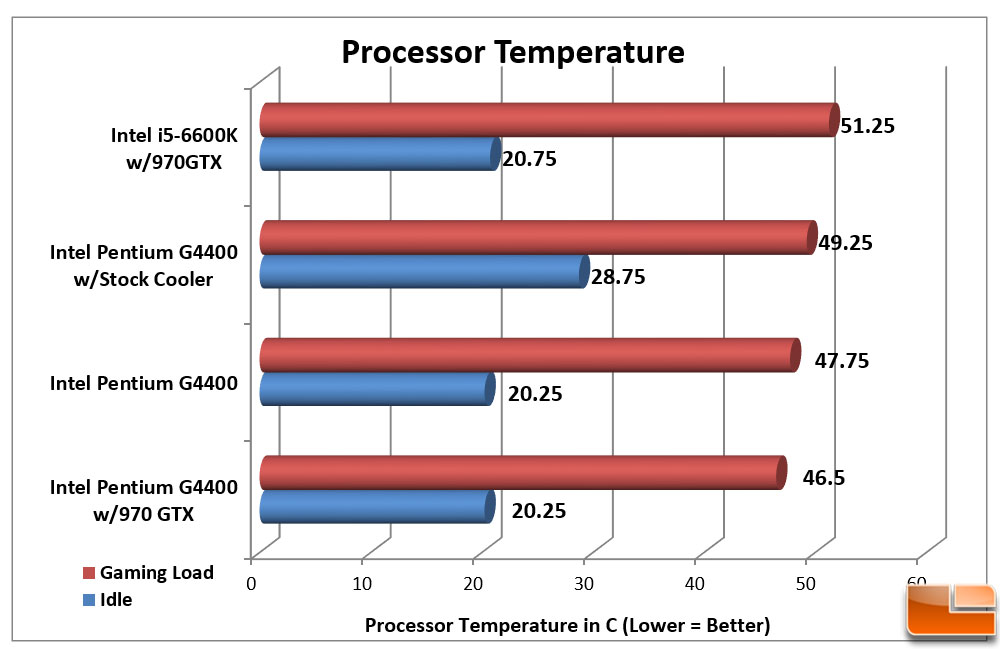

Today we'll be using two different stress tests, Stress which simulates real life, high-load usage across all of the Pi's resources, and cpuburn-a53 which maxes out your Pi's CPU completely (not to be used lightly!). We recommend the official Raspberry Pi power supply which can push out 2.5A. Whilst you might have a 5V power supply, it needs to be able to handle the extra current draw when the Pi is being maxed out. Without any form of overclocking and stress testing, you need to ensure that your Pi is correctly powered. The hotter a processor gets, then less stable it becomes, so a cooler processor will lead to a more stable system. As we talked about in the previous tutorial, 80C is normally the high-temperature limit for most computer systems, so we need to run a stress test to make sure that our cooling is adequate to keep it under 80C. Stress testing is simply running a series of processes on your system which are designed to run the CPU at full power, and monitor the temperature and stability of the system. Stress testing is an important part of overclocking as it tells you how hot your system runs while under heavy load, and also how stable it is. We had a look at different methods for cooling Raspberry Pi's in our previous tutorial Cooling Your Raspberry Pi, however, it's one thing having your Pi run at a nice 40C when idle, another when it's running at full throttle. This is the second tutorial of the three: stress testing.Īfter much research on the internet regarding this topic, it was clear that there was no definitive guide with all of the information in one place, so we hope to answer all of your questions, however, if you want to know more, don't hesitate to get the conversation started in the comments below. We've broken up the topics of cooling, stress testing, and overclocking your Raspberry Pi into individual tutorials to make it easier to digest. You may also find that your Pi gets hot under heavy usage, and it can be a good idea to cool it down, especially when using intensive processes such as the N64 emulator for RetroPie. Overclocking is fairly simple to do on the Raspberry Pi, however, it requires additional cooling in the form of heatsinks and fans to ensure that the Pi doesn't overheat and damage itself. One of the most popular experiments to do with your Raspberry Pi is overclocking it.

I will also say there is a point where our cpu's will hit a wall and need alot more voltage to hit the next 100MHz and when you hit it you'll know it.Part of the joy that is Raspberry Pi is getting stuck into it at a slightly lower level and finding out exactly what you can do with it if you take a look under the hood. The duration of 15 minutes is fine, the lower temps may help you achieve a higher overclock. If you want to give ROG realbench a try click on stress test beside benchmark, turn it white and select how many GB of ram you have. I will also recommend using ROG realbench for stress testing, your temps will be even lower using that. To overclock your cpu manually all you really need to change is the core ratio (multiplier) and give it just enough vcore to where it passes the stress test. If you want to try it go for it and see if you are able to hit 4.7GHz - 4.8GHz.Ĥ.9GHz will more than likely be out of reach. I personally wouldn't push a 1,000.00 dollar cpu that hard for fear of degredation but that's just me. Obviously the lower the vcore the better and the less fear of degredation, but if your temps are fine you can go up to 1.50v., it's really up to you how hard you want to push it. What application are you using to overclock your cpu? I would recommend overclocking your cpu manually in the bios, this way you have control over the voltage and you can give your 5960x just what it needs to be stable. Squeeze out of them what you can with the stock voltage, I see most people are able to get their titan x's to 1400MHz on the core and 300 - 500MHz on the vram which is quite impressive if you ask me. Increasing the voltage is what raises the temps and NVidia has the voltage locked, the only way to unlock the voltage is with a vbios mod and I don't recommend doing that. Your cpu temp won't increase form overclocking your gpu's.


 0 kommentar(er)
0 kommentar(er)
